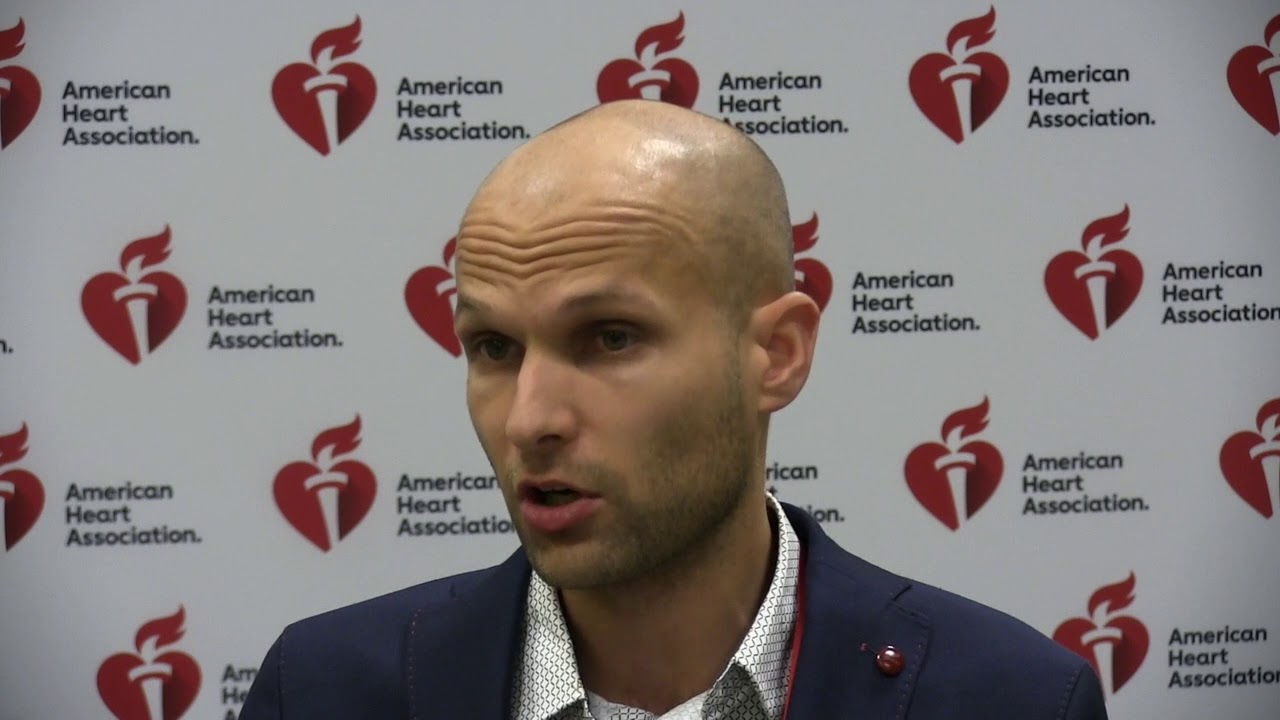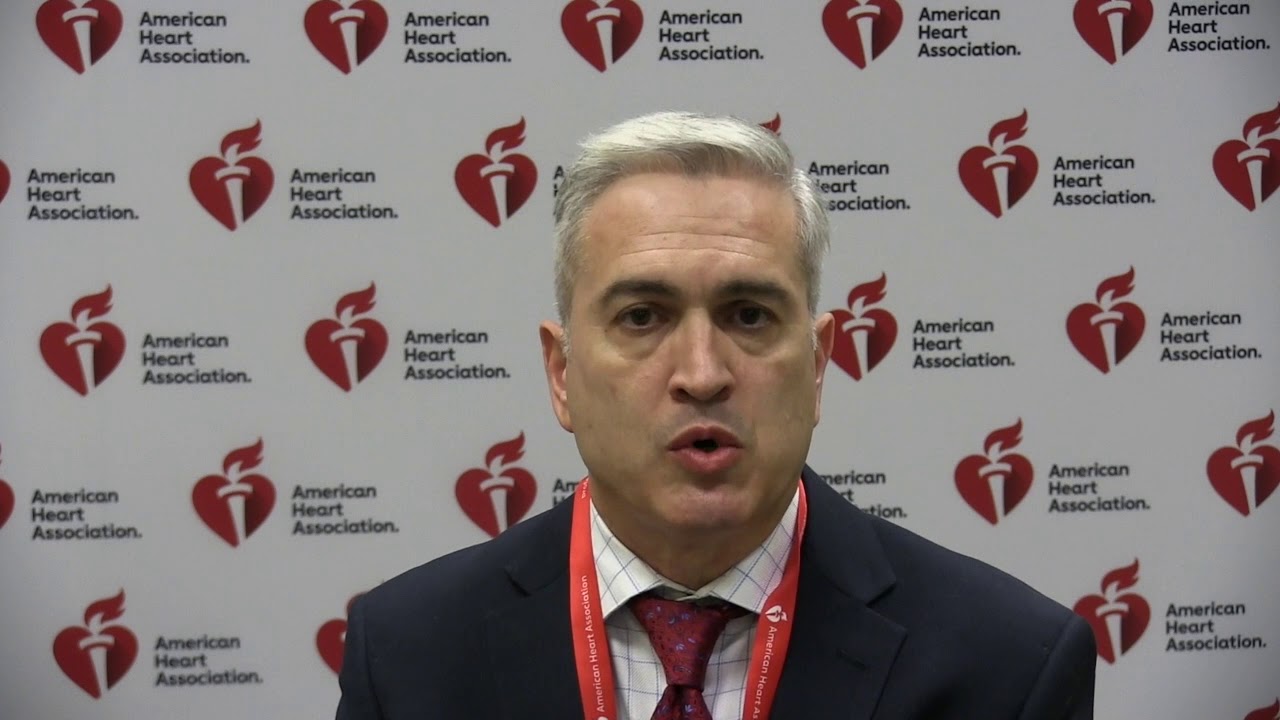In patients with hemodynamically stabilized acute heart failure with reduced ejection fraction (HFrEF), a combination therapy of sacubitril-valsartan therapy led to greater reductions in NT-proBNP concentration compared to enalapril therapy, according to new trial results presented at the American Heart Association 2018 Scientific Sessions.
The Comparison of Sacubitril–Valsartan versus Enalapril on Effect on NT-proBNP in Patients Stabilized from an Acute Heart Failure Episode (PIONEER-HF) included 881 randomized patients with HFrEF who were hospitalized for hemodynamically stable acute decompensated HF. Patients were randomized to either enalapril (n=441; target dose 10 mg twice daily) or sacubitril-valsartan (n=440; target dose, 97 mg sacubitril with 103 mg valsartan twice daily). The primary study outcome was time-averaged proportional change in NT-proBNP concentration from baseline at 4 weeks and 8 weeks. Safety outcomes included rates of worsening renal function, symptomatic hypotension, angioedema and hyperkalemia.
According to the study results, presented at the meeting by co-author Eric J. Velazquez, MD, of the Yale University School of Medicine, the time-averaged reduction in NT-proBNP concentration was significantly greater in the patients assigned to sacubitril-valsartan vs. enalapril. According to the manuscript, published simultaneously with the presentation in the New England Journal of Medicine, the ration of the geometric mean of the week 4 and week 8 values compared to baseline was 0.53 in the sacubitril-valsartan group vs. 0.75 in the enalapril group (ratio of change with sacubitril–valsartan vs. enalapril, 0.71; 95% CI, 0.63 to 0.81; P<0.001). In addition, sacubitril-valsartan was safe and well-tolerated; the rates of worsening renal function, hyperkalemia, symptomatic hypotension, and angioedema did not differ between study groups.
“These results support the in-hospital initiation of sacubitril/valsartan in stabilized patients with acute decompensated heart failure and reduced ejection fraction, irrespective of prior ACE inhibitor or ARB use, or prior HF diagnosis,” Dr. Velasquez concluded in his slide presentation.
Discussant Larry A. Allen, MD, of the University of Colorado School of Medicine, reiterated the successes of PIONEER-HF, noted in his presentation that in the post-PIONEER-HF world, there remains a need for a simple algorithm for inpatient and subsequent management of patients with HFrEF, which he said would benefit patients and clinicians alike.
Read the full PIONEER-HF manuscript in the New England Journal of Medicine.







 © 2025 Mashup Media, LLC, a Formedics Property. All Rights Reserved.
© 2025 Mashup Media, LLC, a Formedics Property. All Rights Reserved.